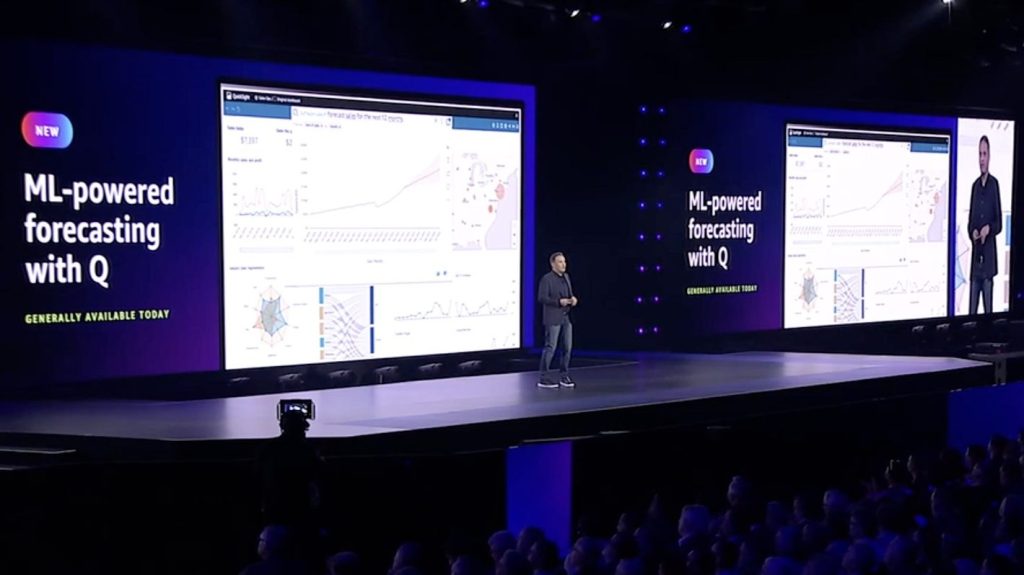Building usable models to run AI algorithms requires not just adequate data to train systems, but also the right hardware subsequently to run them. But because the theoretical and practical are often not the same thing, there is often a gap between what data scientists may hope to do and what they practically do. Today, a startup called Deci that has built a deep learning platform to help bridge that gap — by building models that can work with the data and hardware that are available to use — is announcing some funding after finding strong traction for its products with Fortune 500 tech companies running mass-market, AI-based products based on video and other computer vision-based services.
The Tel Aviv-based startup has picked up a Series A of $21 million, money that it will be using to continue expanding its product and customer base. Insight Partners is leading the round, with previous backers Square Peg, Emerge and Jibe Ventures, alongside some new backers: Samsung Next, Vintage Investment Partners and Fort Ross Ventures. Square Peg and Emerge led Deci’s seed round of $9.1 million a year ago. It also works very closely with others who are not strategic or financial investors (but may well be down the line?). Intel collaborated with it on MLPerf, where Deci’s technology accelerates the inference speed of the ResNet-50 neural network when run on Intel CPUs.
Up to now, Deci has been focusing its attention on models for computer vision-based products, where its platform — built on its own proprietary AutoNAC (Automated Neural Architecture Construction) technology — is able to build, and continuously update, models quickly for services that might have otherwise taken longer, and a lot of trial and error, to devise.
One key client, for example, is one of the world’s biggest and well-known videoconferencing platforms (unfortunately, name undisclosed) that is using Deci to build AI modeling so that users can blur their backgrounds in video calls. Here, all of the computing needed to execute that blurring is happening at “the edge”, on users’ own CPU-based devices (that is, not typically optimized for AI workloads).
Yonatan Geifman, the CEO who co-founded Deci with Ran El-Yaniv and Jonathan Elial (a trio of AI specialists), said that the plan is now to start expanding from computer vision applications to another challenge, building better NLP (natural language) models, which you might need to run any kind of service with a voice interface, from personal assistants on phones or smart speakers through to audio-based search or any kind of customer service interface, for example.
Although Deci has picked up a lot of business by helping companies address the challenge of running AI services in a landscape of devices that are not necessarily optimized for AI, it has also found a lot of interest from organizations to use Deci to build better models for their own internal computing, even when they theoretically have the GPUs and compute power on hand to run anything. This taps into an interesting power balance that has long existed in enterprise IT and is very much getting played out in AI today, where enterprises will try to do more with the assets they have to hand, while at the same time they are regularly getting pushed to invest more in newer and more expensive and powerful equipment.
“There is a race to larger models all the time,” Geifman said in an interview, citing the new language model announced earlier this month by Nvidia and Microsoft as one example of that evolution. “So the hardware is just not enough. In one sense, maybe that race and drive to invest in new hardware is being pushed by the hardware makers themselves, but the models are getting larger. There is a gap, between the algorithm and the supply of the hardware. So, we need to have some convergence based on what hardware we have. Deci is bridging or even closing that gap.”
With adequate training data being another perennial problem in AI, Deci is also working to give a boost on the data side of the equation. Geifman said that Deci essentially builds synthetic data sets to supplement data when more is needed to build the models. In all cases, the product works within organizations’ developer environments, data stays where it is and does not go to Deci or anywhere else in the process of building the models.
Alongside that Deci is also using AutoNAC to build more products. The most recent of these is DeciNets, which Deci describes as “a family of computer vision models” that essentially skip some of the work of building models from the ground up and therefore using less compute power to run.
“Deci is at the forefront of AI and deep learning acceleration, with highly differentiated technology that lets customers optimize blazingly fast deep learning models for inference tuned to any hardware platform,” said Lonne Jaffe, managing director at Insight Partners, in a statement. “We are delighted to be part of Deci’s ScaleUp journey and look forward to supporting the company’s rapid growth.” Jaffe is joining the board with this round.































Comment